Eli Nugent's Asbury Chapel
In 1835, Eli Nugent was a member of the congregation at Foundry Methodist Episcopal Church in Washington. He was just one of several Black worshippers at the church. Since its founding in 1814, Foundry had preached to people of all races. Many in Washington’s free Black community joined the congregation, worshipping alongside white politicians and the well-to-do. In theory, Foundry seemed inclusive—in practice, the treatment of Nugent and his fellow Black worshippers wasn’t exactly Christian.
Like most of Washington’s churches at the time, Foundry was operated by the white members of the congregation. Though they tolerated the Black worshippers at weekly services, they never quite welcomed them into the community, exerting “parent-like control” in every way that they could.[1] All of the church’s clerical staff were white. Black worshippers were excluded from any official, organizational policy-making decisions.[2] Any attempt to receive recognition or representation within the Foundry community failed. Black worshippers couldn’t sing in the choir or serve as ushers. There’s even some doubt as to whether they could actually participate in services and receive the sacrament.[3] But what really angered Foundry’s Black community was the gradual segregation of services—eventually, all of the Black worshippers were confined to the gallery, physically separated from their white neighbors. For Nugent, especially, this was the final straw.
Eli Nugent was already a notable, prominent figure in Washington’s free Black community. He was born in Montgomery County, Maryland around 1785—most likely born free.[4] As a young man, he moved to downtown Washington and began work as a porter at a local warehouse. It was an exciting time to be in the young capital city. In 1814, he experienced the destruction and burning of the city at the hands of the British. Like many Washingtonians, he was forced to flee with his family to a neighboring suburb. But as the war ended and Washington began to rebuild, Nugent decided to become a more active figure in his community.
By the late 1820s, Nugent was a member of Foundry’s congregation. He was starting to make a name for himself. In 1829, he helped to establish the Asbury Church School, a Sunday school which educated Black children in both religious and academic subjects.[5] Nugent was clearly passionate about education within the church, as it was one of the only ways for Black children to receive a formal education—in fact, his wife, Charlotte Norris, was one of the first Black Sunday school teachers in Washington.[6] Around this time, Nugent also sought more education for himself—he began to study and train for his divination as a Minister. He and Foundry’s other Black congregants clearly saw the benefits of having active roles within their church’s structure and operation, yet their involvement was still limited and separate.
Nugent’s frustrations with the system became evident in the 1830s, when he was finally ordained. Despite his success, he couldn’t actually preach in any official capacity—Foundry, as part of the wider Methodist church, didn’t allow any Black ministers to lead their services.[7] They did make some effort to honor Nugent’s ordination, though. In September 1832, they granted him an exhorter’s license—official permission to have a role in services and lead occasional prayer meetings.[8] Since it was actually the first time that Foundry acknowledged one of their Black congregants, it could’ve been considered a positive step forward.[9] Yet Nugent and his fellow worshippers knew that it wasn’t enough. This slight, part of the systematic barring of Black worshippers from church life, made Nugent believe that his community would be better off worshipping somewhere else.
A group of Foundry’s Black congregants—lead by Nugent—formed the Asbury Aid Society on January 15, 1836. In the beginning, since they had no church, this new community held services in each other’s homes. There were even some white members of the community who, sympathetic to Nugent’s cause, had also abandoned Foundry and served as the new church’s first trustees. In October 1836, they helped Nugent negotiate the purchase of land for a chapel. The spot they chose, on the corner of 11 and K Streets NW, was purchased from a man named William Billings for $300.[10] The first Asbury Chapel was a simple, modest wood-framed structure, completed by 1840.
Though Nugent and other Black worshippers were respected as the founders of Asbury and the leaders of its community, they were still denied the right to preach there. Methodist churches still didn’t allow Black ministers to lead services.[11] But with full control of their church’s structure and organization, Nugent and his fellow activists turned Asbury into a center for Black worship and education in Washington. They were especially known for their Sunday school, where Nugent was an adored and outspoken teacher. In 1844, when he was invited to represent Asbury at a convention of the city’s Sunday school teachers, he argued for solidarity between Washington’s Black schools—especially with racial tensions escalating.[12] His vision was achieved with the formation of the Washington Colored Sabbath School Union, an organization which advocated for Black students and their education. Nugent was unanimously elected as the Vice President.[13]
For the rest of his life, Nugent remained a well-respected, foundational figure in D.C.’s Black community. He continued to teach school, perform weddings, lead prayer, and fight for the rights of his people. Among his pupils were some of the most well-known activists in the city’s early history—he was once called upon to provide a reference of good character for his students Mary and Emily Edmonson, who attempted a dramatic escape from enslavement in 1848. When Nugent died—on February 26, 1861—the Washington newspapers mourned the loss of such an “esteemed” man in their community.[14]
Unfortunately, Reverend Nugent died before he could see the true development of Asbury United Methodist Church. In 1864, a new council of Methodist churches voted to allow Black ministers to preach at services. Reverend James Peck was installed as Asbury’s first Black pastor, achieving a mission begun by Nugent decades earlier.[15] As the congregation flourished, two new churches took the place of the original Asbury Chapel—the latest, built in 1915, still stands on the exact spot chosen by Nugent in 1836. Asbury is still a flourishing community, with a long history of activism and advocacy. In 1997, it received Congressional recognition as one of Washington’s first and oldest Black churches.[16] On the floor of the House of Representatives, Reverend Nugent was praised for his extraordinary vision and achievement—one that continues to shape the culture of our city today.
Footnotes
- ^ “Asbury United Methodist Church (Washington, D.C.) records,” New York Public Library Archives and Manuscripts, http://archives.nypl.org/scm/20849
- ^ Ibid.
- ^ Ibid; Paul E. Sluby, Asbury: Our Legacy, Our Faith, 1836-1993 (The Church, 1993).
- ^ “Rev. Eli Nugent,” Archives of Maryland Biographical Series, https://msa.maryland.gov/megafile/msa/speccol/sc3500/sc3520/016200/0162…
- ^ “Asbury United Methodist Church (Washington, D.C.) records,” New York Public Library Archives and Manuscripts
- ^ “Rev. Eli Nugent,” Archives of Maryland Biographical Series
- ^ “Asbury United Methodist Church (Washington, D.C.) records,” New York Public Library Archives and Manuscripts
- ^ “Rev. Eli Nugent,” Archives of Maryland Biographical Series
- ^ “Asbury United Methodist Church (Washington, D.C.) records,” New York Public Library Archives and Manuscripts
- ^ “Our History,” Asbury United Methodist Church, https://www.asburyumcdc.org/our-history/
- ^ “Asbury United Methodist Church (Washington, D.C.) records,” New York Public Library Archives and Manuscripts
- ^ “Rev. Eli Nugent,” Archives of Maryland Biographical Series
- ^ Ibid.
- ^ Ibid.
- ^ “Our History,” Asbury United Methodist Church
- ^ “Rev. Eli Nugent,” Archives of Maryland Biographical Series


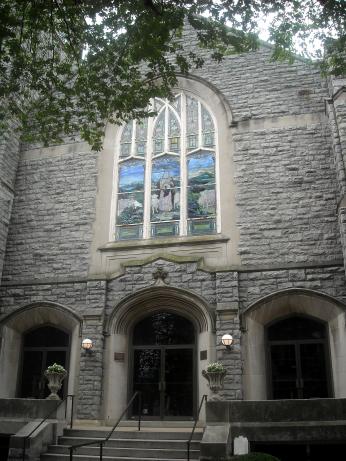
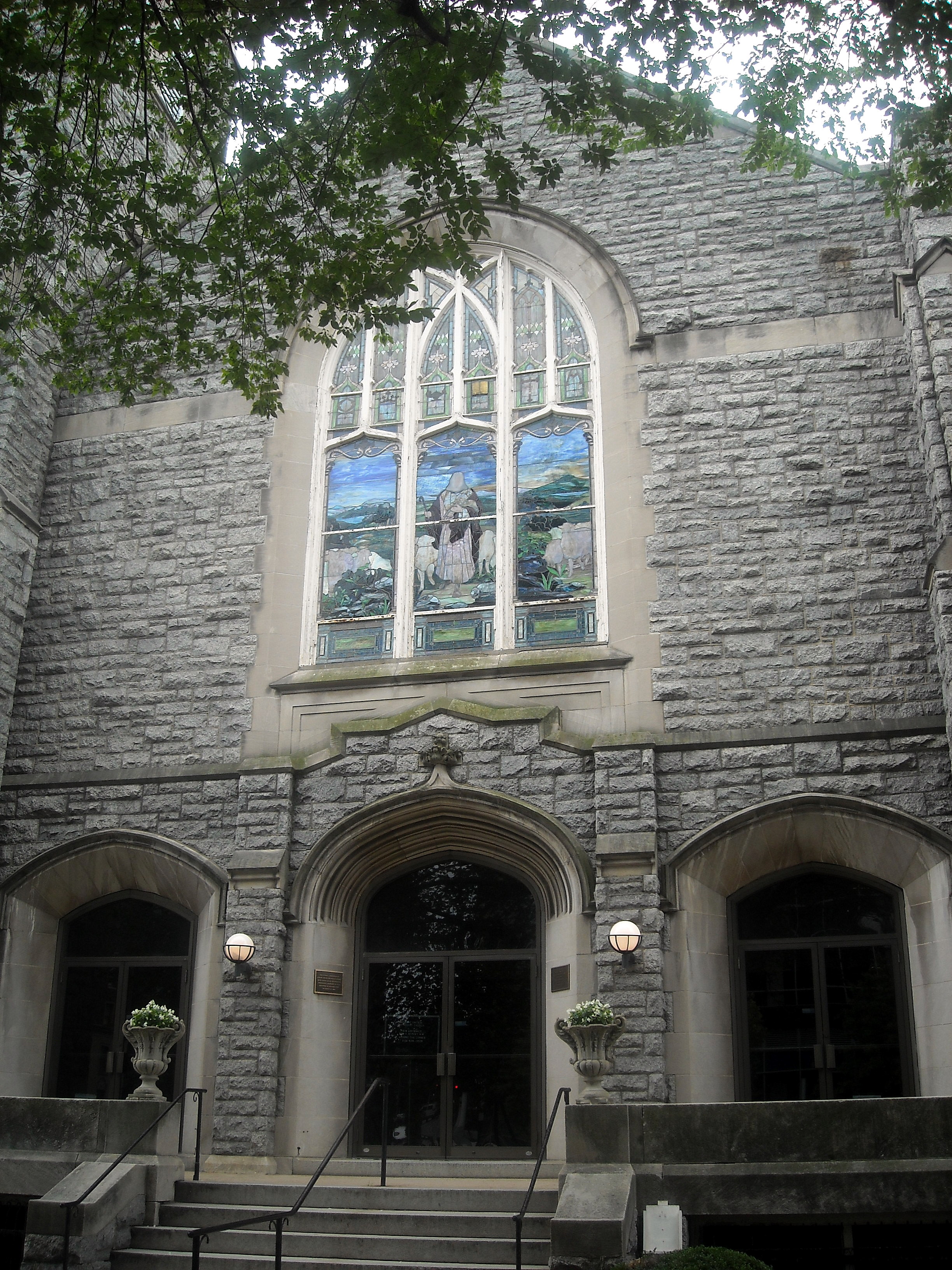
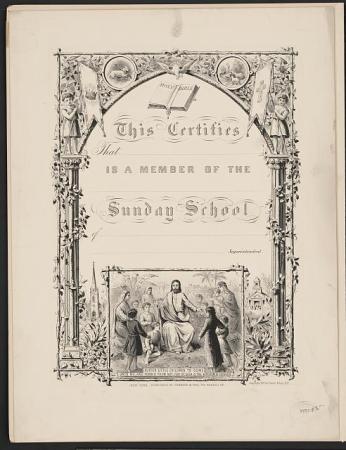
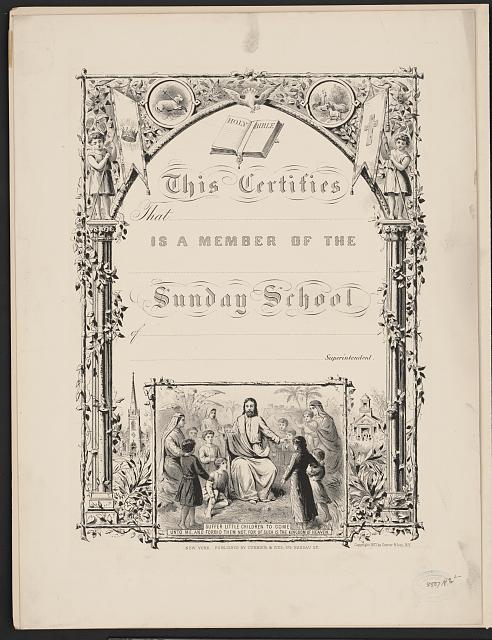
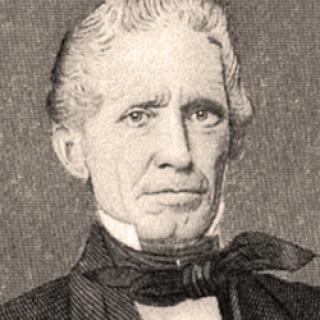
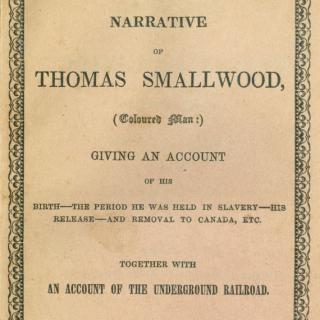

![Sketch of the mythical fuan by Pearson Scott Foresman. [Source: Wikipedia]](/sites/default/files/styles/crop_320x320/public/2023-10/Goatman_Wikipedia_Faun_2_%28PSF%29.png?h=64a074ff&itok=C9Qh-PE1)












